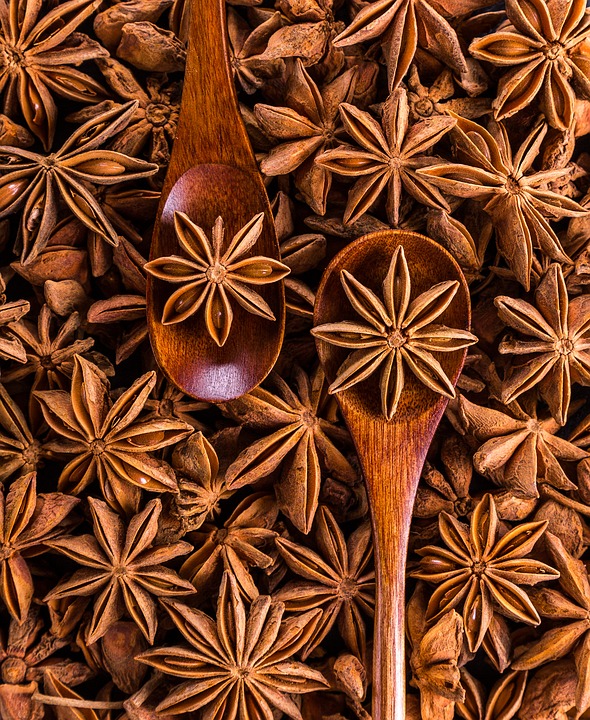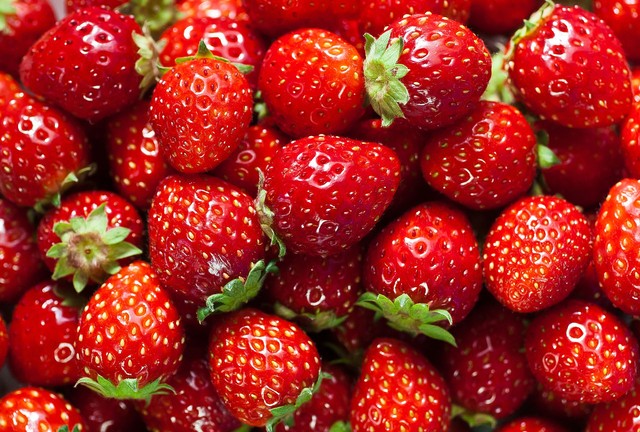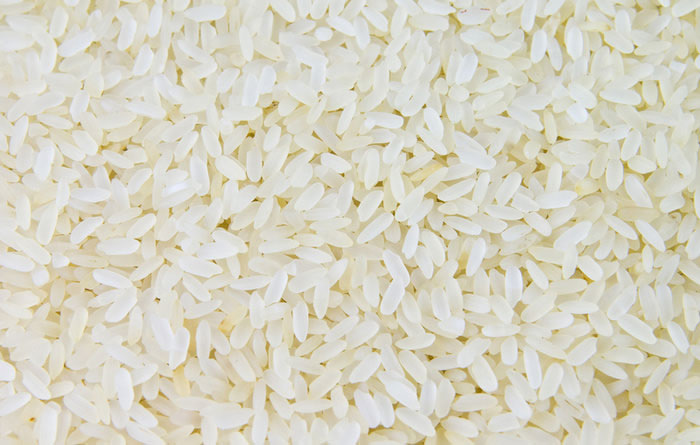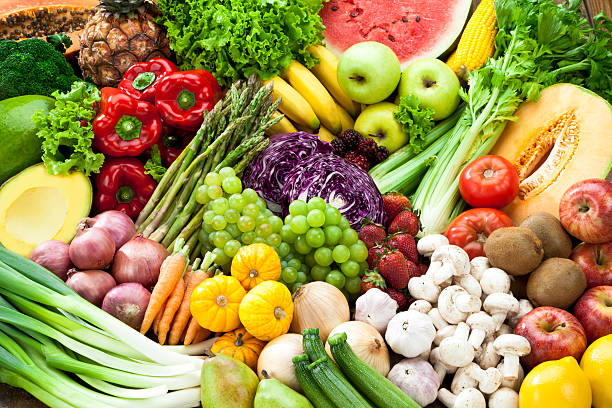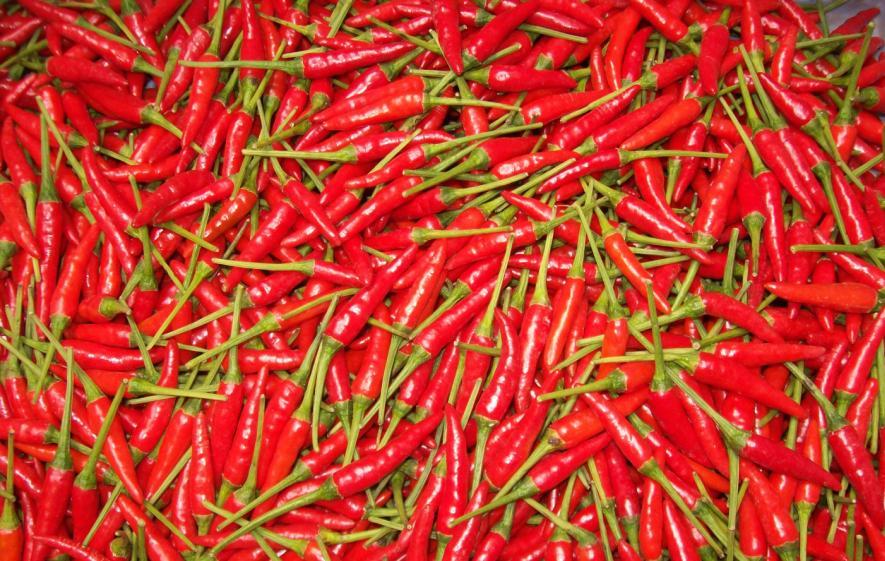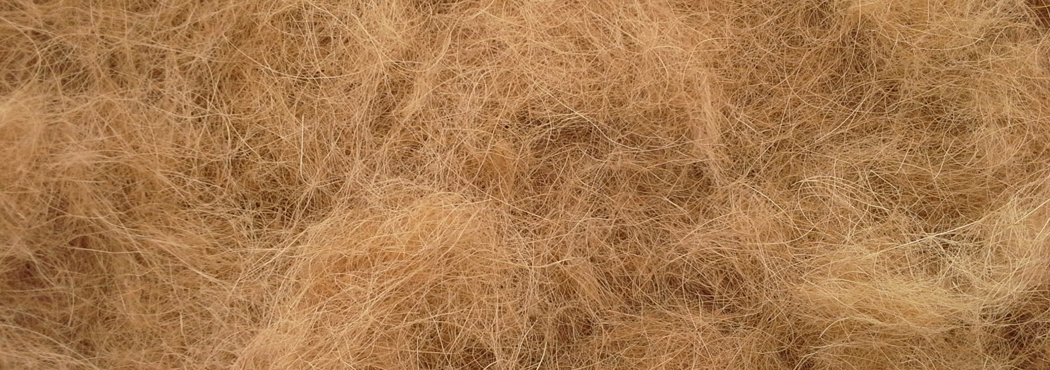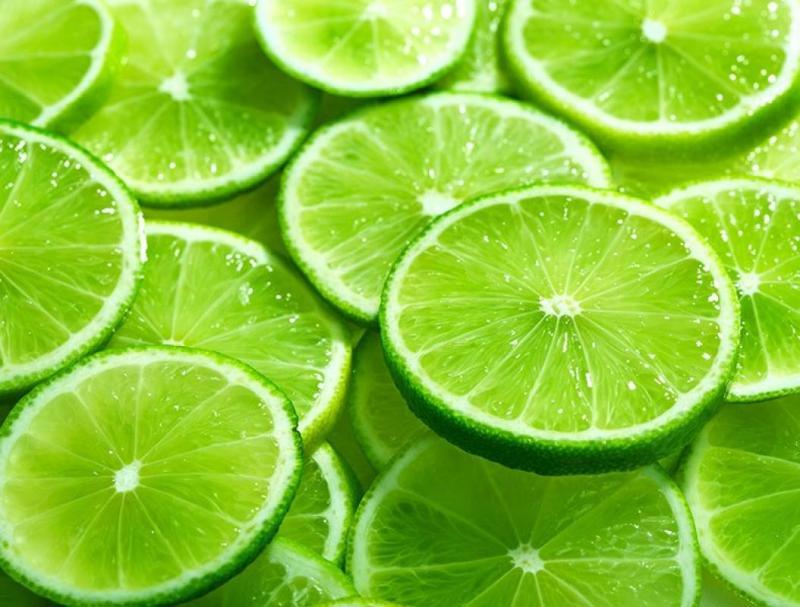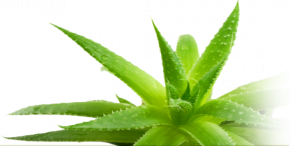Product
Lotus rootlets are often pickled with rice vinegar, sugar, chili and/or garlic. It has a crunchy texture with sweet-tangy flavours. In Asian cuisine, it is popular with salad, prawns, sesame oil and/or coriander leaves.
Lotus roots have been found to be rich in dietary fiber, vitamin C, potassium, thiamin, riboflavin, vitamin B6, phosphorus, copper, and manganese, while very low in saturated fat.
Selection and storage
Lotus root (renkon) harvest begins by August and last until fall. Traditionally, farmers sink knee-deep ponds and feel for the rhizome using their toes, which are then dug out by hand.
Southeastern region of China and Lake Kasumigaura in Ibaraki prefecture in Japan is known for renkon production.
From the distance, lotus rhizomes appear as big size bananas arranged in sausage pattern. While buying, look for clean, firm roots with smooth unblemished skin.
Fresh roots are readily available year-round in major cities in the US. One can also buy sliced, canned, and freeze-dried roots in the supermarkets or Japanese or other Asian stores.
 |
Type: lotus pod Style: dried Specification
|
||||||||||||||||||||||||
 |
Type: lotus root Style: fresh Specification
|
||||||||||||||||||||||||
.jpg) |
Type: lotus root Style: frozen - IQF Specification
|
||||||||||||||||||||||||
 |
Type: lotus root Style: pickled in jars Specification
|
